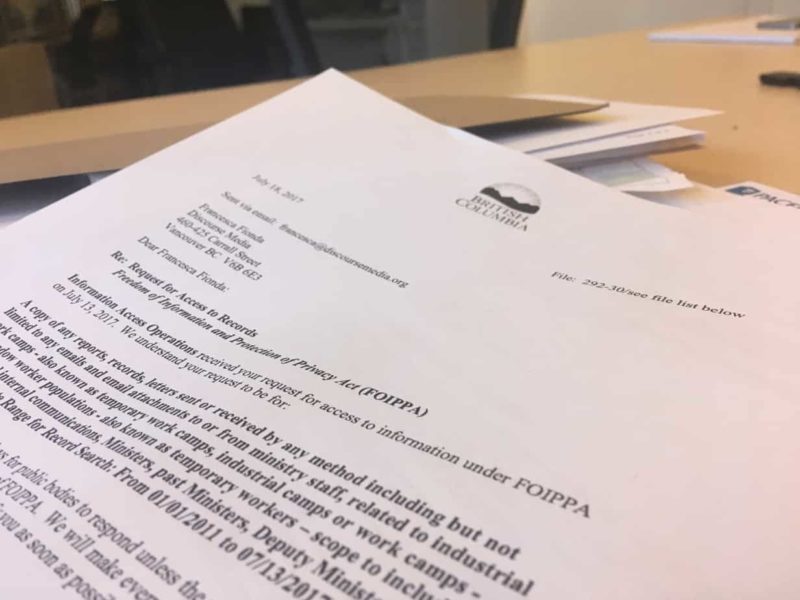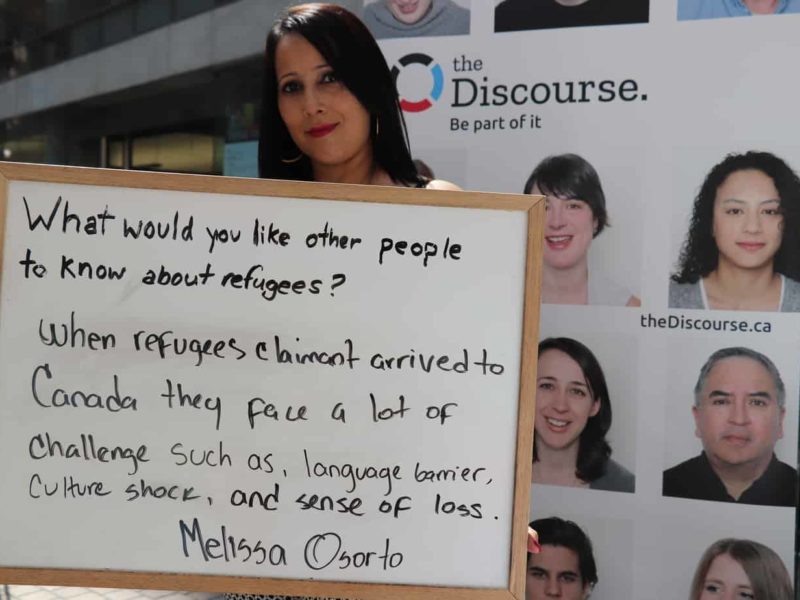
We’ve been getting a lot of comments that First Nations should “just pay” for their homes.
But housing on reserves isn’t free.
Every community manages housing differently and each has different combinations of private ownership, rentals and community-managed housing:
We aim to be transparent about our reporting and the sources we use. So here are the data and sources behind the video:
Homeownership rates and subsidized housing numbers
- Statistics Canada, 2016 Census data and Canadian Mortgage and Housing Corporation custom tabulation data were provided to us upon request. We’ve made it shareable here. See tabs two and three for highlighted numbers used in the video and tabs four and five for 2011 and 2006 data.
- Canadian Mortgage and Housing Corporation, 2012 Evaluation of the First Nations Market Housing Fund “Homeownership rates in some First Nations with their own housing programs (including some of the larger communities) are over 80-85% according to information on their websites. Some of these programs include band financial assistance to enable band members to purchase their homes as well as arrangements with lenders for mortgage loans for market-based housing.” (page 18)
First Nations with taxation laws
- First Nations Tax Commission This list indicates 149 First Nations but hasn’t yet been updated to include two new taxing communities, the Sakimay First Nation and the Mistawasis First Nation. We’ve added them to our list of 151 First Nations here.
Statistics Canada’s definition of subsidized housing.
Here are some sample housing policies and strategies on First Nations reserves. These may not be the most recent policies but they offer a glimpse into some of the different ways in which First Nations manage housing on reserve. Some First Nations see housing as a treaty right and offer the community’s homes at no rent to their members. However, housing still has to be paid for by the community using other funds and their own source revenues.
- Sumas First Nation, BC (An example of various payment structures for rental units)
- Mohawks of the Bay of Quinte, ON (80 to 85 per cent of the housing in Tyendinaga is owned by residents)
- Fisher River Cree Nation, MB (The Fisher River Cree Nation “has always taken a strong position that housing is a treaty right” and therefore doesn’t charge its members rent if they live on reserve, according to its 2010 policy)
- Westbank First Nation, BC (A housing strategy that shares how they hope to distribute social housing)
- Beecher Bay First Nation, BC (Members can construct private homes through private financing)[end]
This story is part of ongoing coverage looking at First Nations housing on reserve. Follow Francesca Fionda and Wawmeesh Hamilton’s coverage with hashtag #FirstNationsHousing and subscribe to the data newsletter and reconciliation newsletter.
This piece was edited by Robin Perelle. The Discourse’s executive editor is Rachel Nixon.



